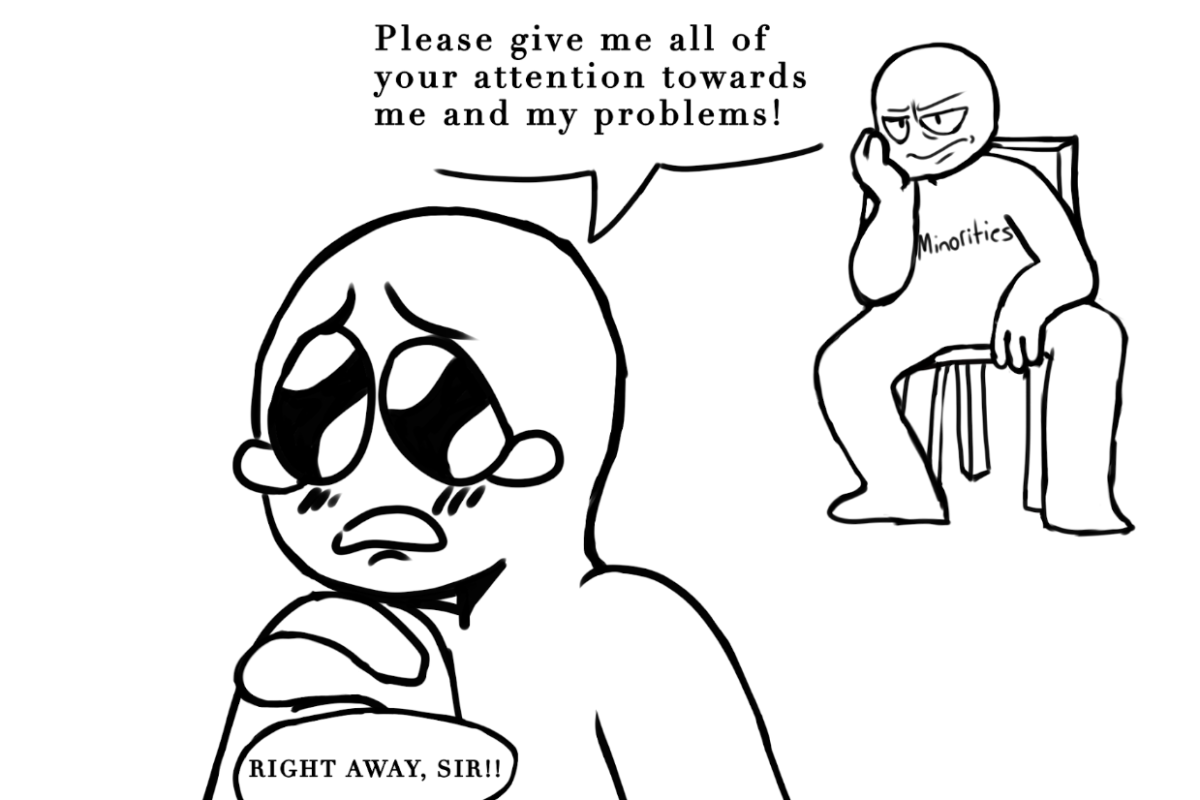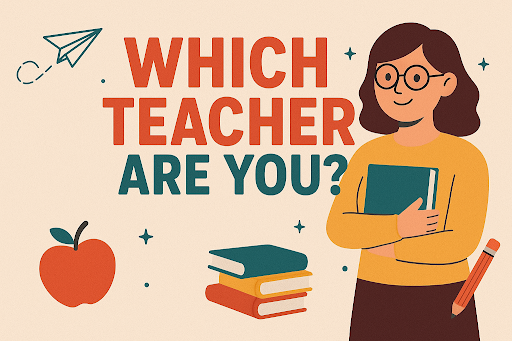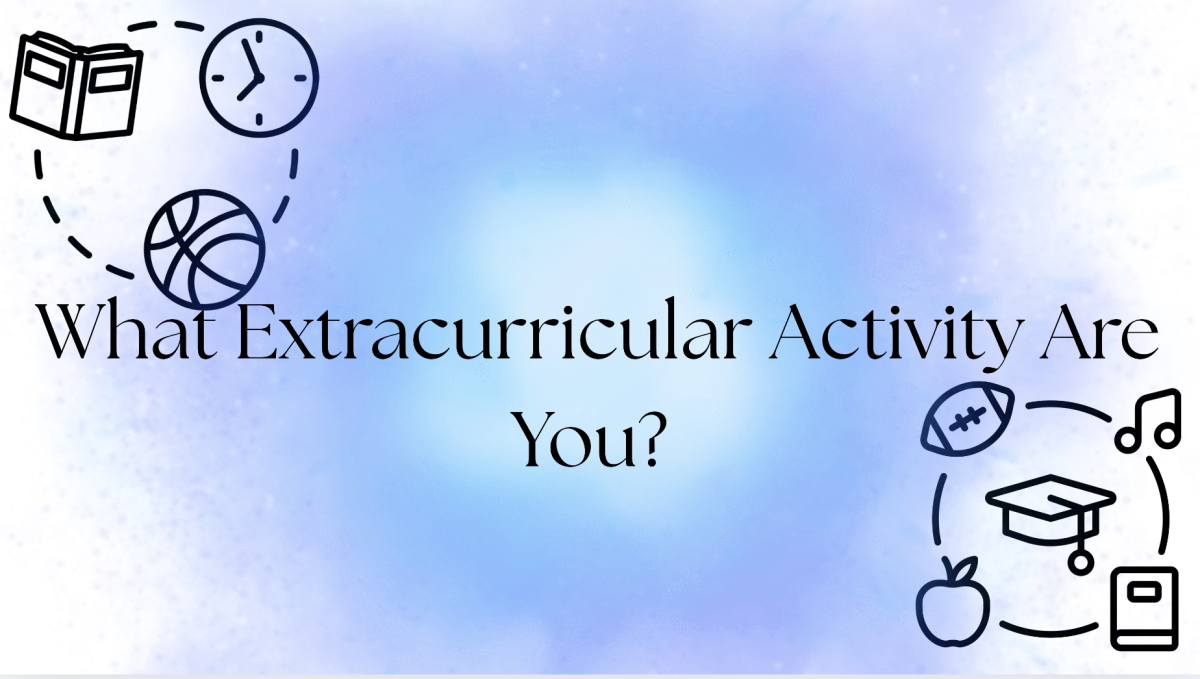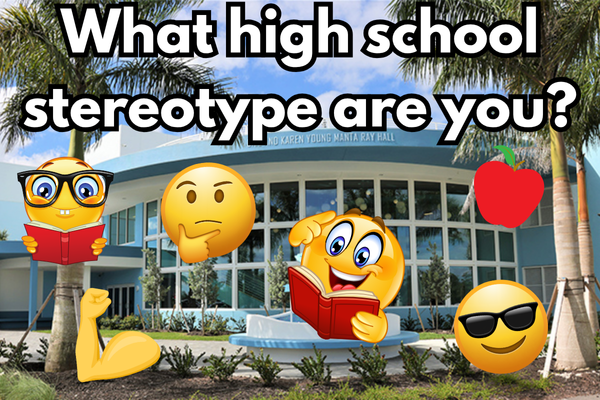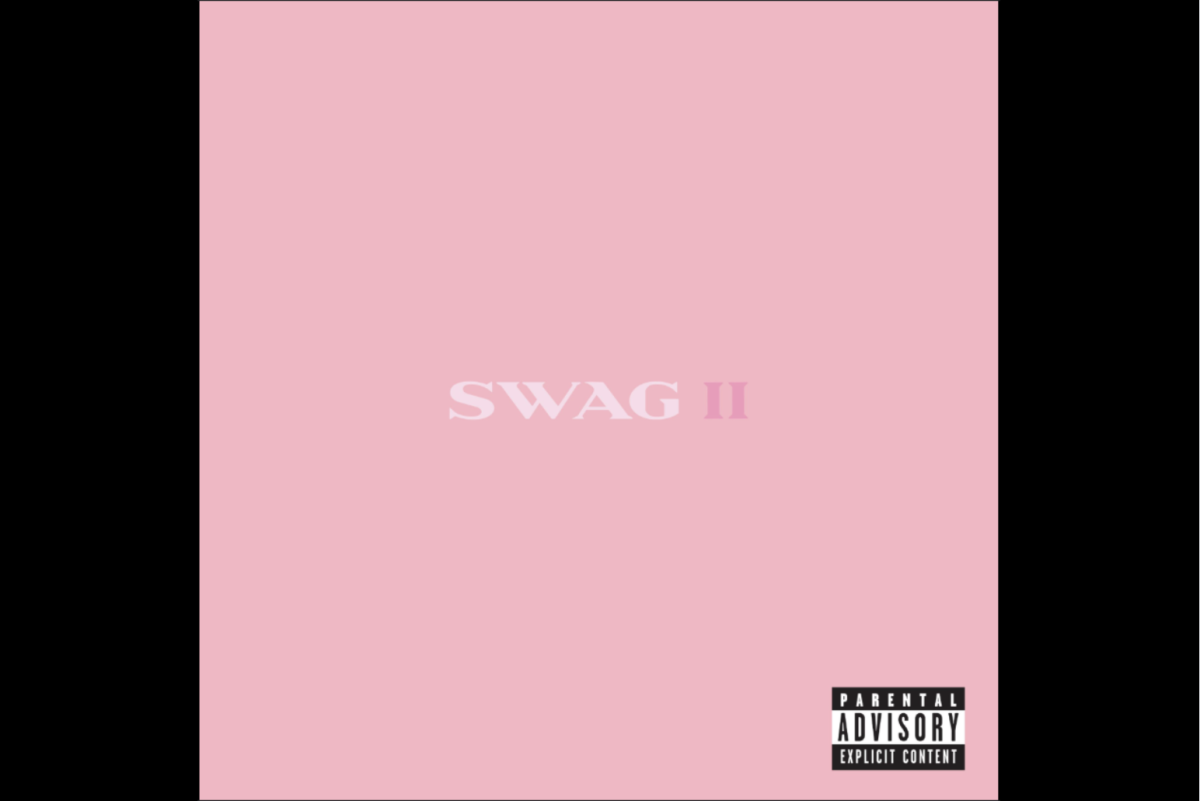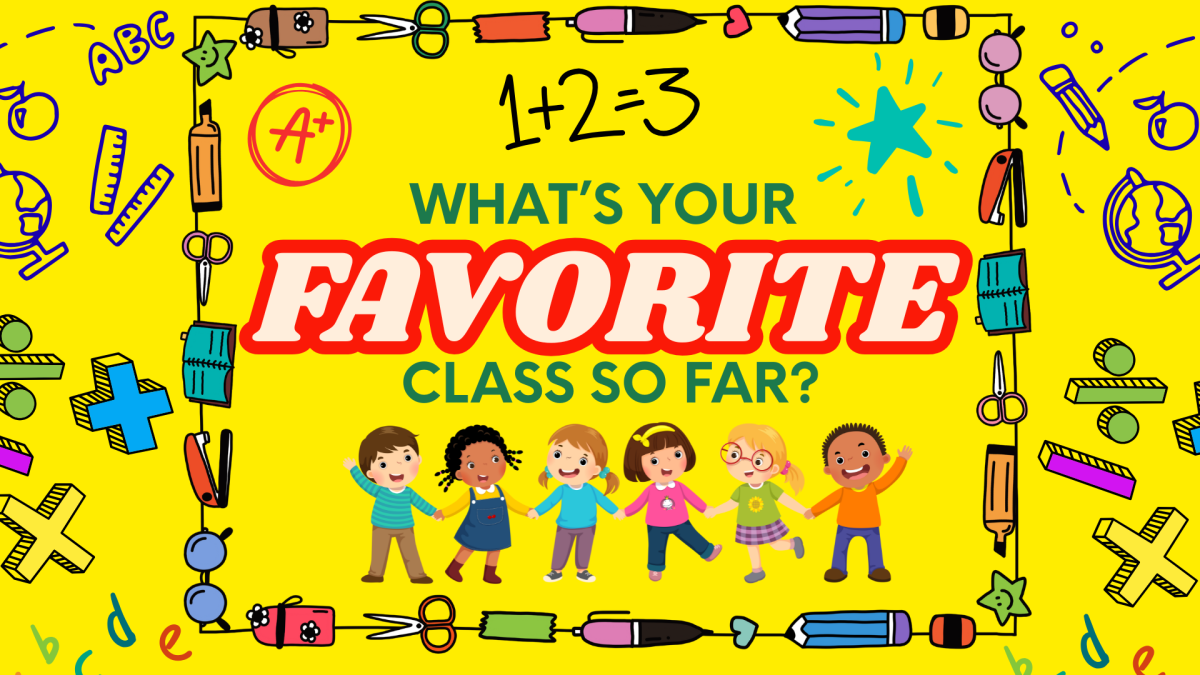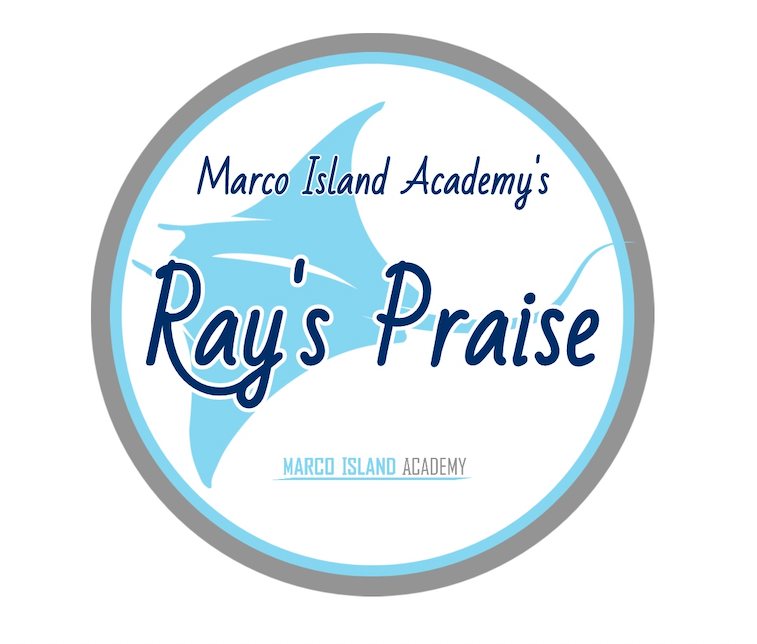Cartoons have been around since the 18th century and continue to inform people about current political events. They are made and used for expressing the artist’s opinion. This can be done by drawing caricatures of public figures and thinking about current events and politics. It uses symbolism, labeling, and analogy to make it more meaningful.
Cartoonists can create stock characters and use symbols to convey their message and meaning. From RIT Archives on Brief History of the Editorial Cartoon, says that Benjamin Franklin created the first American newspaper cartoon in 1754. It was a snake that was cut up into eight pieces to resemble the eight colonies. It was titled “Join, or Die”. Americans were under the British government and cartoons were one of the ways they used to amplify their honest disapproval and pleadings for independence.
On April 3rd, 2021, the blocking of the Suez Canal happened. It had cost nearly 1 billion dollars in international trade. Soon after, cartoonist Walt Handelsman used this event for the government’s gridlock on several issues. The picture included the issues with the environment, gun laws, voting rights, and infrastructure spending. There’s a sign that says “Reflecting Pool.”
The importance of cartoons is that they’re engaging and attention-grabbing. It has a free pass to be humorous while humanizing the topic at hand the cartoons are depicting. They can translate into a historical record of the political climate. Cartoons are a timeless method of political commentary.
Personally, cartoons are a good way to speak up. When people draw a blank to write, they can draw their true feelings. I made a cartoon in Junior year that talked about privileged people who complain about simple, minor things, while the less unfortunate minorities struggle on a day-to-day basis. That’s what cartoons are all about! Illustrating your true feelings and opinions on a topic that is believed to not be talked about enough.


